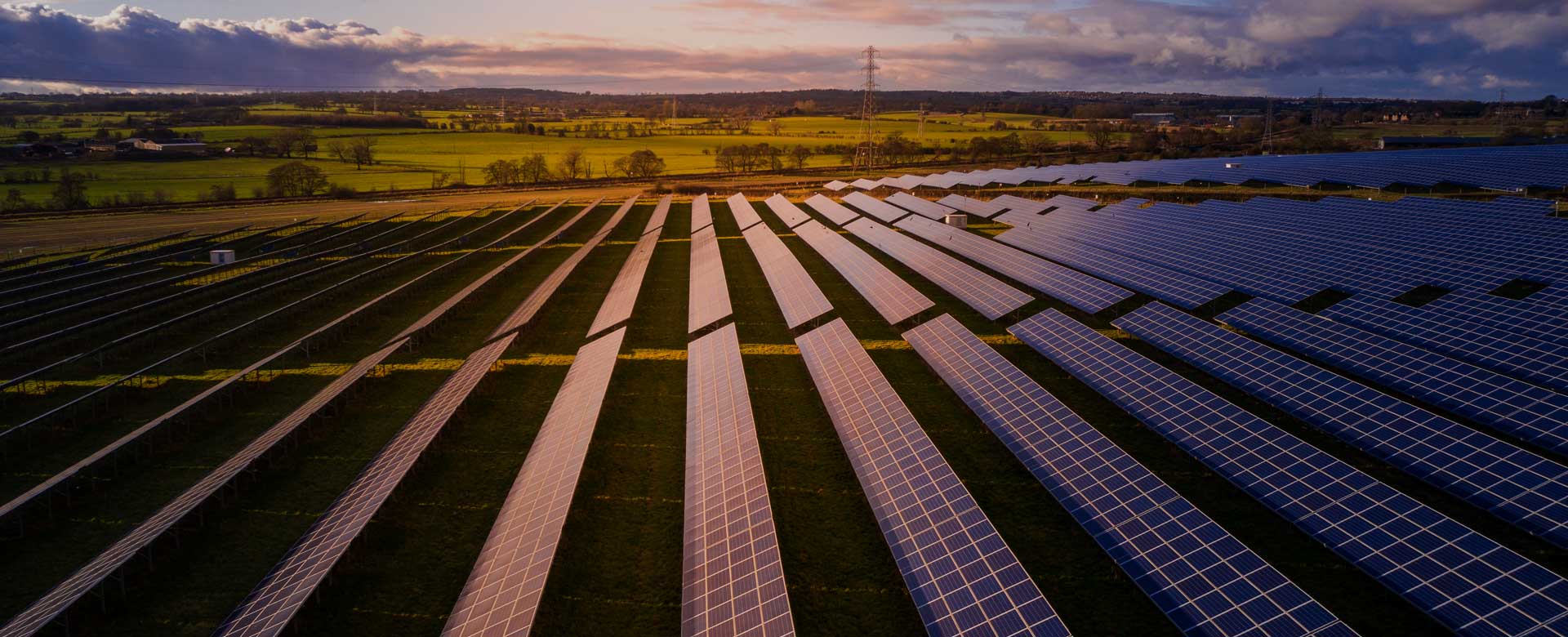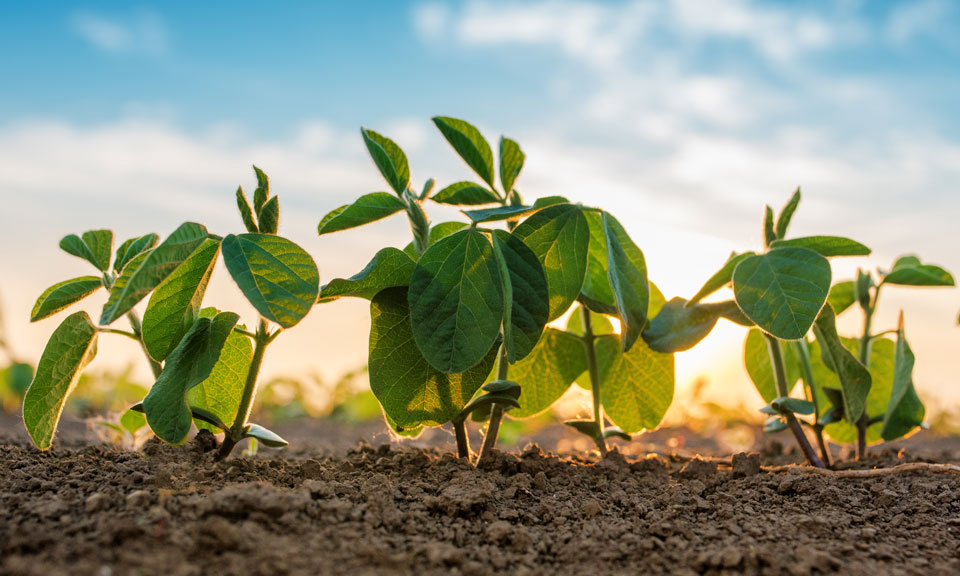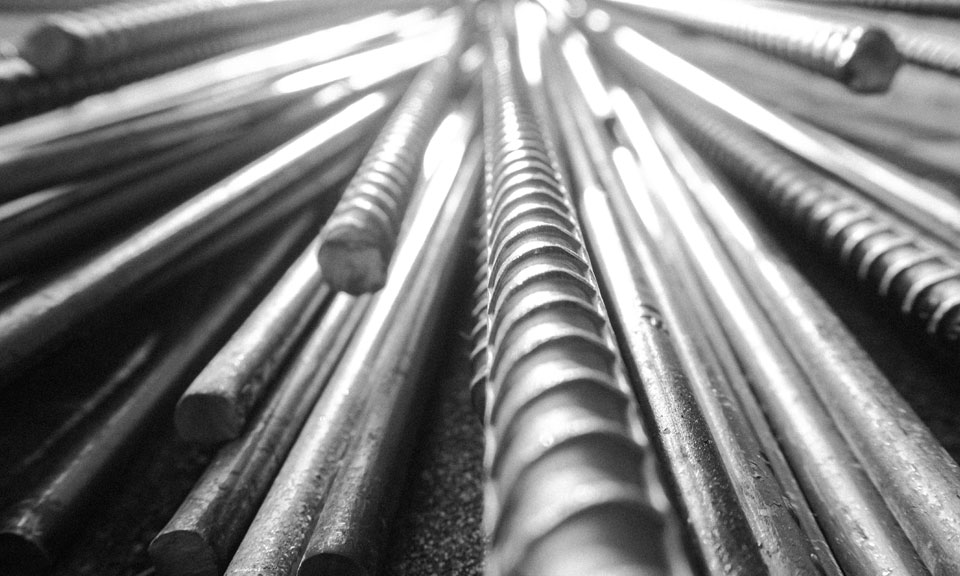Infographic: US Renewables Tracker

US clean energy generating capacity is rapidly growing as utilities and companies focus on the energy transition. The market share of renewables significantly differs by region based on available resources with more wind in the central plains and more solar in the south. However, battery storage is gaining traction nationwide and is usually attached to new solar projects.
Related story:US RENEWABLES TRACKER: Solar output continues to outshine other resources in Q4 (subscriber content)
Click here to see the full-size version (updated March 14, 2024)

News
For all the clamor and controversy surrounding the Securities and Exchange Commission’s (SEC) climate risk disclosure rule, the regulatory requirements look unlikely to have a major impact on US agri-food companies. The SEC proposed the climate risk disclosure rule in March 2022 to require publicly-traded companies to disclose greenhouse gas emissions and detail the business risks they face from climate change. Advocates of the rule said it would provide investors with consistent and comparable information for investors while ensuring companies, many of whom are voluntarily providing climate risk information, with consistent and clear reporting obligations. But the proposal faced swift and vocal criticism from business interests, notably the oil and gas sector, who urged the SEC to either abandon the draft rule or roll back the requirements. Ag industry pressure also helped to convince the SEC to abandon the mandate for disclosure of supply chain emissions (Scope 3), which account for nearly 90% of the food industry’s carbon footprint. Led by the American Farm Bureau Federation, ag interests warned that the proposed rule’s Scope 3 disclosure requirement would have unfairly hit farmers, ranchers and other private entities who supply products to SEC registrants and are part of their supply chains. The proposal detailed that SEC registrants would not have to get detailed emissions data from their suppliers and could use industry estimates, but the Farm Bureau and others were unconvinced and warned that the Scope 3 requirement would force ag producers to measure and report their greenhouse gas emissions. Ag interests hailed the removal of the Scope 3 requirement from the final rule, which was rolled back in several other ways that reduced the scope of the disclosures and those required to report. The proposed rule would have required GHG emissions disclosures from all SEC registrants, but the final rule limits those requirements to companies with more than $75 million of stock held by public investors. The SEC’s final rule only call on those larger companies to report the direct GHG emissions from sources they own or control — known as Scope 1 — along with Scope 2, which are the indirect emissions from the production of energy used for the company’s operations. The agency also eased the reporting requirements by including a “materiality” standard. This means that registrants only need to report Scope 1 and/or Scope 2 emissions that they believe a reasonable investor would consider important to disclose. The rest of the regime will apply to all foreign and domestic SEC registrants, requiring disclosure of climate risks that have a “material impact” on a registrant’s business strategy, results of operation, or financial condition, as well as details on how registrants manage those risks. Companies with strategies to reduce the climate impacts of their operations, such as stated goals to cut greenhouse gas emissions, will be required to provide information to substantiate their claims. The final rule also mandates disclosure of costs and losses related to carbon offsets and renewable energy credits as well as the expenditures and losses as a result of severe weather and other natural conditions. The SEC estimates that some 2,800 US companies and 540 foreign companies will be subject to the climate rule. Disclosures were scheduled to be phased in starting next year with the first emissions reporting due in 2026, but that timeframe is in limbo while the rule is under judicial review. The agency was hit with the first legal challenge mere hours after it finalized the rule on March 6 and is facing nine lawsuits contesting its regulatory regime. Those complaints include eight lawsuits brought by 24 Republican-led states, oil and gas companies, and the US Chamber of Commerce that allege the rule is onerous and that the SEC lacked authority to impose the disclosure requirements. The other lawsuit was brought by the Sierra Club, which alleges the removal of the Scope 3 requirement undermines the intent of the rule. The litigation has thrown the future of the rule in doubt and the SEC has put implementation on hold while the complaints are pending. Beyond the legal challenges, the rule could be upended if the Republicans gain control of the White House. But the potential impact of the rule on the agri-food sector is also diminished because many companies that could be covered by the SEC’s climate disclosure requirements are affected by much more stringent regulations already in effect in the EU or under development in California. US agri-food businesses covered by the EU regime are likely already beginning to comply with the Corporate Sustainability Reporting Directive and those with operations in California may be planning on how to comply with its climate disclosure laws. The California rules go further than the SEC, impacting large private companies as well as public firms who do business in the state and also requiring Scope 3 emissions disclosures. Not surprisingly, those rules have been challenged in court by business groups and ag interests. Implementation is also in question given California’s budgetary woes, but clarity on that front should emerge this summer.
News
Indonesian nature-based carbon project Rimba Raya hits regulatory wall (two-part series) Part 1 Part 2 The Indonesian government recently revoked the license of Rimba Raya Biodiversity Reserve Project, one of the world’s largest nature-based carbon projects, located in Central Kalimantan on the island of Borneo. From June 2013 to April 2024, carbon credits from Rimba Raya accounted for about 6.84% of total nature-based avoidance credits issued by Verra, and 9.1% of the total retired volume of nature-based avoidance credits, according to data from S&P Global Commodity Insights. The license revocation has raised questions about the continued supply of credits from the project and impacted a wide swathe of market participants ranging from carbon brokerages and exchanges to traders and end-users, as Rimba Raya was considered a high-quality project. The project got into trouble at a time when voluntary carbon markets are already down, limiting some of the immediate market impact. But the incident has also reignited concerns around regulatory risks and information transparency for carbon projects in developing economies. Price of the week: Yuan 103/mtCO2e ($14.49/mtCO2e) – The weighted average price of China’s compliance emission allowances, or CEAs, on May 6, easing from a record high of Yuan 103.47/mtCO2e, after rising steadily for several weeks. Editor’s pick: Premium and free content SPGlobal.com World's largest direct air capture plant enters operation in Iceland A facility in Iceland that can capture up to 36,000 mt/year of CO2 from the air has started commercial operations in a boost to the nascent carbon removal sector. The Mammoth direct air capture and storage plant has successfully started to capture its first CO2, with 12 of its total 72 collector containers installed onsite, operator Climeworks said. IRA investments top $123B but are slowing, business group finds A $1.4 billion investment by Toyota Motor Corp. to build a new SUV at its Indiana plant and a $294 million solar technology investment for North Carolina in April added to the growing tally of large clean energy projects and jobs spurred by the Inflation Reduction Act (IRA) since 2022, according to business group E2. INTERVIEW: Japan's Marubeni targets 3 mil-5 mil mt/year of clean ammonia by 2030 Japan's Marubeni Corp. is planning to produce 3 million-5 million mt/year of clean ammonia from global projects by 2030 and add up to five new sites for carbon capture, utilization and storage (CCUS) as it advances its energy transition strategy with the aim of being a leading player in the new energy sector, a senior executive said May 7. Platts Connect Denmark’s Everfuel signs green hydrogen supply letter of intent with German customer Danish renewable hydrogen producer Everfuel has signed a letter of intent to supply 10,000 mt/year from 2028 to an undisclosed industrial customer in Germany. The letter of intent is the first step towards a final commercial agreement, and is conditional on several factors including the establishment of hydrogen pipeline infrastructure between Denmark and Germany, Everfuel said. Biden administration sets R&D priorities to slash cost of clean hydrogen Renewable hydrogen production and storage, as well as technology for trucking applications, are among the US Department of Energy's research and development priorities to meet the Biden administration's ambitious cost targets for "clean" hydrogen, the agency said May 6. INPEX, JERA to explore transporting CO2 captured in Japan to Australia for storage Japan's INPEX has agreed with the country's largest power generation company JERA to explore the feasibility of capturing CO2 emitted in Japan and transporting it to Australia for storage. The agreement comes amid efforts by oil and gas companies to expand the CCS supply chain and infrastructure in Asia Pacific.

News
Announces 105,454 jobs in 40 states, Puerto Rico Republican districts land most of the investment, jobs A $1.4 billion investment by Toyota to build a new SUV at its Indiana plant and a $294 million solar technology investment for North Carolina in April added to the growing tally of large clean energy projects and jobs that the Inflation Reduction Act has spurred since 2022, according to business group E2. The investment by Boviet Solar Technology, a Vietnamese manufacturer of monocrystalline photovoltaic cells, is expected to bring 908 jobs to eastern North Carolina, E2 reported. Also new for April was a $400 million hydrogen manufacturing plant announced for Virginia and a $10 million planned investment in Alabama by a company making steel structures for solar panels. But the pace of new investments has been slowing significantly this year compared with 2023, when there were three or four times as many clean energy announcements every month, E2's data shows. The market cannot continuously absorb the volume of deals that followed the passage of the law, Bob Keefe, executive director of E2, said in an interview. He also noted that the November elections and anti-IRA rhetoric in Congress could be taking a toll. "We've had more than 30 attempts in the [US House of Representatives] to roll back the IRA, or to reduce it," Keefe said. "And the uncertainty over the election is casting a cloud over the future of these policies." The CEO of a company that is building a $2 billion battery factory in Georgia recently told Keefe that the overall political uncertainty has made it more difficult to raise money and hire people for the project. 'Not a partisan issue' E2 keeps a running tally of large-scale projects made possible by tax credits under the landmark 2022 legislation passed to stimulate clean energy manufacturing in the US. The group of business leaders advocates for policies that are "good for the economy … and the environment," with its members representing more than 2,500 companies nationwide. So far, North Carolina, Georgia, and South Carolina top all other states in terms of IRA investment volumes, E2 said. In all, more than $123 billion in investment and at least 105,454 jobs have been announced in 40 states and Puerto Rico since the IRA was enacted in August 2022, the group reported. Of those investments, 85% have gone to Republican congressional districts, as have 70% of the jobs. The reason behind the partisan discrepancy is that nearly all new electric vehicle manufacturing was placed in the South, where carmakers already had operations, Keefe said. EV manufacturing has captured the single largest share of IRA-related investments -- 142 projects and $81.2 billion in investments, E2's data shows. "What this shows is that this should not be a partisan issue," Keefe said. "There's nothing partisan about creating jobs, driving economic growth, attracting investments and making America more competitive, in my opinion." Platts Connect: News & Insights (spglobal.com)
News
EU’s Hydrogen Bank auction clears below 50 euro cent/kg, funding 1.5 GW Energy transition highlights: Our editors and analysts bring you the biggest stories from the industry this week, from renewables to storage to carbon prices. The first auction under the European Hydrogen Bank mechanism has cleared well below expectations, with the seven winning projects bidding at 37-48 euro cent/kg (40-51 cents/kg) for a total 1.5 GW of electrolysis. The EU will provide Eur720 million to the projects, which will produce 1.58 million mt of green hydrogen over 10 years, the European Commission said. The subsidy amounts range from Eur8 million to Eur245 million, with two 500-MW projects -- Renato Ptx's Catalina project in Spain and MadoquaPower2X's project in Portugal -- taking the bulk. The EC had set a price ceiling for the inaugural auction of Eur4.50/kg. “The results of our first EU-wide auction for renewable hydrogen production are very encouraging,” European Commissioner for Climate Action Wopke Hoekstra said in the statement. “These innovative auctions, funded by the revenues from emissions trading, are a game-changer when it comes to producing renewable hydrogen in Europe.” Price of the week: 48 euro cent/kg The clearing price for the EU’s inaugural European Hydrogen Bank auction, well below the Eur4.50/kg ceiling, leaving a substantial green premium for offtakers to pick up. Editor’s pick: Premium and free content SPGlobal.com Japan set for world's first transport of liquefied CO2 Japan is set to start what will be the world's first CO2 transport on a low-temperature and low-pressure liquefied carrier over 1,000 km in a series of trial voyages, expected to play a key role in the country achieving its carbon neutrality goal by 2050. The trial voyage of the EXCOOL, operated by Nippon Gas Line, is due in early October from Kansai Electric's 1.8-GW Maizuru coal-fired power plant in Kyoto prefecture to a Tomakomai terminal in Hokkaido. Biden administration unveils updated SAF tax credit model, provides ethanol clarity The Biden administration released updated modeling for sustainable aviation fuel subsidies April 30, giving corn ethanol producers a chance of qualifying for an Inflation Reduction Act tax credit provided they can adopt three agricultural practices to reduce emissions. The updated guidance gave ethanol producers "important clarity" on the requirements to qualify for the IRA's 40B tax credit, senior White House advisor John Podesta said. Platts Connect Green premium remains for renewable hydrogen after EU's 1.5-GW auction result The low clearing price for the EU's inaugural European Hydrogen Bank auction, with funding for 1.5 GW of electrolysis across seven successful projects, shows a willingness to pay a "green premium" by offtakers, industry representatives said. South Korea to provide subsidies to hydrogen refueling stations South Korea will provide Won 8.2 billion ($6 million) in subsidies to hydrogen refueling stations where 152 private stations will receive an average of Won 54 million each for fuel purchases. The move is designed to help improve hydrogen refueling stations’ operating conditions and encourage the private sector to join the hydrogen ecosystem. California hydrogen pump price for mobility sector declines, still highest globally Platts California hydrogen pump price was assessed 1% lower on the month at $32.38/kg May 1, maintaining its position as the highest hydrogen pump price across the globe. As an early adopter of low-carbon hydrogen for transport, the hydrogen fuel cell vehicle market in California has faced challenges with elevated hydrogen fuel prices at the pump and availability of reliable fueling infrastructure.